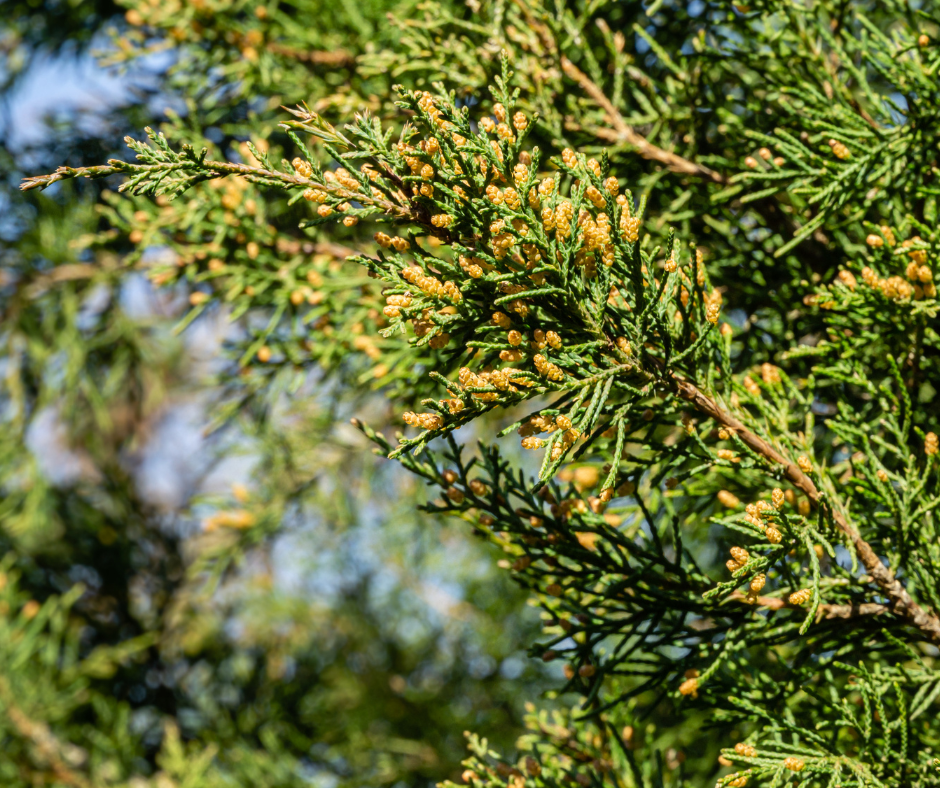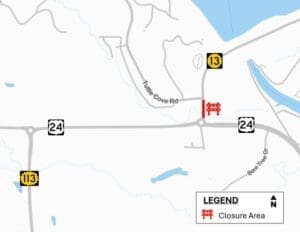By Quinn O’Hara
As Kansas Governor Laura Kelly and other Kansas entities are discussing the final report and recommendations from Kelly’s Wildfire Task Force, the threat of fires fueled by eastern red cedar trees has become a frequent topic of discussion.
Though the Kansas Forest Service lists the eastern redcedar as Kansas’ only native evergreen, the rapid spreading of the tree has made it a nuisance species.
The planting of the species by humans ramped up from the 1930s to 1970s due to their usefulness as windbreaks for crops, homes, and livestock, according to a report from the Kansas Forest Service and Kansas State University. Since then, without naturally re-occurring fires to control their population because of human intervention, the trees have rapidly spread across the state. As a result of this rapid spread, and due to their tendency to burn hotter and stronger than other fuels, eastern red cedars have become an increasing issue when it comes to the severity of wildfires in Kansas.
The Wildfire Task Force Report says that “the 300,000 acre Anderson Creek Fire in 2016 and the 400,000+ acre Starbuck Fire in 2017 are examples of the magnitude that a wildfire can reach when it ignites or spreads to areas containing heavy Eastern redcedar infestations.”
Pam Kemp is the Emergency Management Director at Clay County Emergency Management, who is currently in the process of drafting an emergency wildfire evacuation plan in the event a fire like those in the Kansas towns of Ashland and Russel were to ignite in Clay County. She recalls an experience she had several years ago when a wildfire lit a stand of cedars:
Kemp echoes many of the sentiments from the Wildfire Task Force’s report, and says the severity of Kansas wildfires are significantly increased when the eastern redcedar is involved.
K-State’s November of 2013 Agronomy eUpdate report says the three best ways to curb eastern redcedar growth and expansion are prescribed burnings, mechanical control or physical removal, and chemical control in the form of the chemical picloram.













